Doctors in the US spent hours removing stem cells from the bone marrow of 12-year-old Kendric Cromer. These cells will be sent to a lab in New Jersey where researchers will infuse a healthy haemoglobin gene in them. Bluebird Bio, the company behind the pioneering treatment, says it can treat only 85 to 105 patients per year and that the therapy costs $3.1 million (Rs 26 crore) read more
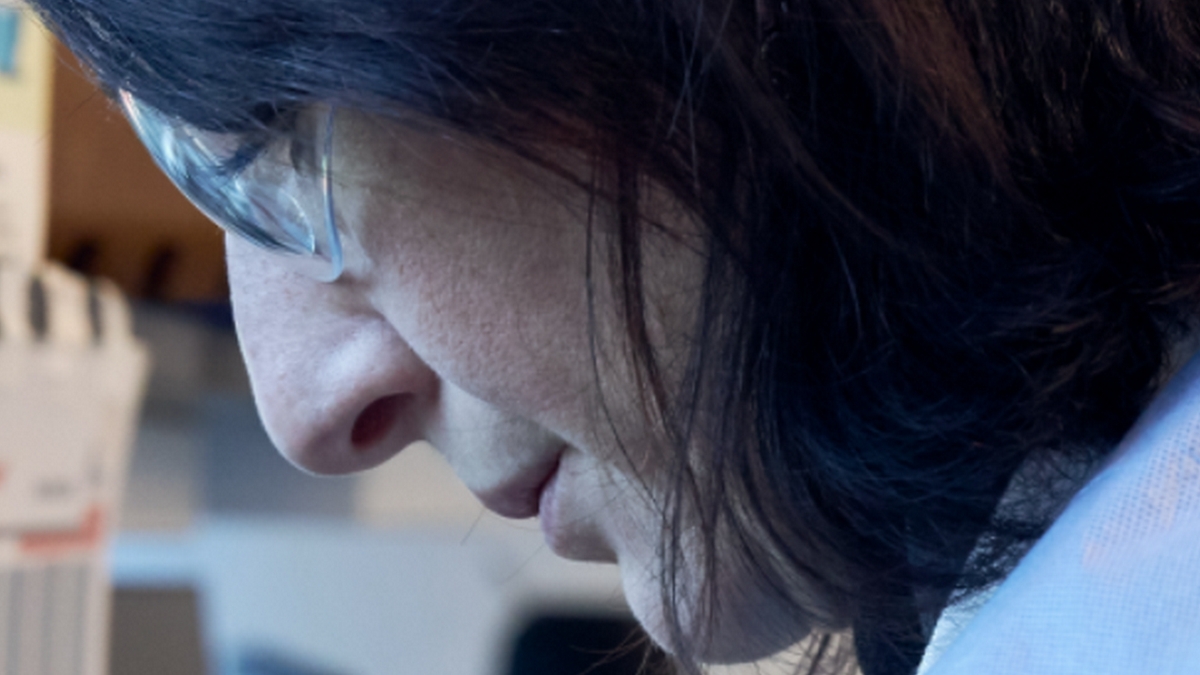)
Bluebird Bio, a company in Massachusetts’ Somerville, is one of two companies the Food and Drug Administration last year gave two companies permission to administer gene cell therapy. Image courtesy: bluebirdbio.com
A 12-year-old boy in the United States has become the world’s first patient to receive sickle cell gene therapy.
The patient, Kendric Cromer, hails from a Washington suburb.
“Sickle cell always steals my dreams and interrupts all the things I want to do,” Cromer told _The New York Times._He added that his has given him the opportunity to live a normal life.
But what do we know about the treatment? Will it give hope to people around the world?
Let’s take a closer look:
A lifelong illness
First, let’s briefly examine sickle cell.
According to the National Heart, Lung and Blood Institute, sickle cell is a disease of the red blood cells that is passed down.
It impacts haemoglobin – the protein that carries oxygen through the body.
Usually, these red blood shells effortlessly pass through the blood vessels.
However, when a person has sickle cell disease, these cells become ‘sickle-shaped.’
The red blood cells have trouble moving through blood vessels – which causes serious problems for the patient including stroke, eye problems, infections, and pain crises.
This disease stays with patients for life.
Until recently, only a bone marrow transplant held the cure for this illness.
It affects around 100,000 people in the United States and 20 million across the world.
A disproportionate number of those with sickle cell disease are black or have African ancestry.
The treatment
According to The New York Times, the Food and Drug Administration last year gave two companies permission to administer gene cell therapy to people suffering sickle cell disease.
Both were approved for people aged 12 years and older.
Cromer is being treated by Bluebird Bio, a company in Massachusetts’ Somerville.
While doctors have already taken cells from Cromer’s bone marrow – a process took six to eight hours – the company will require hundreds of millions of stem cells from the 12-year-old.
Which means Cromer may have to donate cells again.
These cells will now be sent to a laboratory to be genetically altered – a process that will likely take months.
If even that isn’t enough, Cromer will have to bear yet another stem cell extraction.
So, how did doctors do it?
First, they gave Cromer plerixafor – a drug that allowed the body’s red and white blood cells to leave the bone marrow and float around his body.
They also put a catheter into a vein in his chest.
This was tethered to an apheresis machine.
This device, which spins blood, separates it into layers — a plasma layer, a red cell layer and a stem cell layer.
The extracted stem cells are then sent to Bluebird’s lab in New Jersey.
Researchers will then infuse in these cells a healthy haemoglobin gene.
This will fix correct the deficient ones in Cromer’s body.
Bluebird says it can treat the cells of only 85 to 105 patients per year, according to the newspaper.
The treatment costs a massive $3.1 million (26 crore).
‘Prayed this day would come’
Cromer’s mother Deborah is a realtor. His father Keith works in law enforcement.
We always prayed this day would come,” Deborah told The New York Times.
“We’re nervous reading through the consents and what he will have to go through.”
But the boy himself is undaunted.
He says he wants to be a geneticist.
“I want to play basketball,” he added.
Bluebird CEO Andrew Obenshain said in a statement, “Seeing people living with sickle cell disease receive gene therapy in the real world is a vision that has fuelled bluebird for more than 10 years. This historic moment comes nearly a century after sickle cell disease was the first genetic disorder to be characterized at the molecular level, and almost a decade after bluebird initiated clinical development for our sickle cell gene therapy. We are grateful to the patients, caregivers, researchers, and clinicians whose work made this milestone possible, and look forward to continued partnership with the sickle cell disease community.”
With inputs from agencies

 4 months ago
20
4 months ago
20

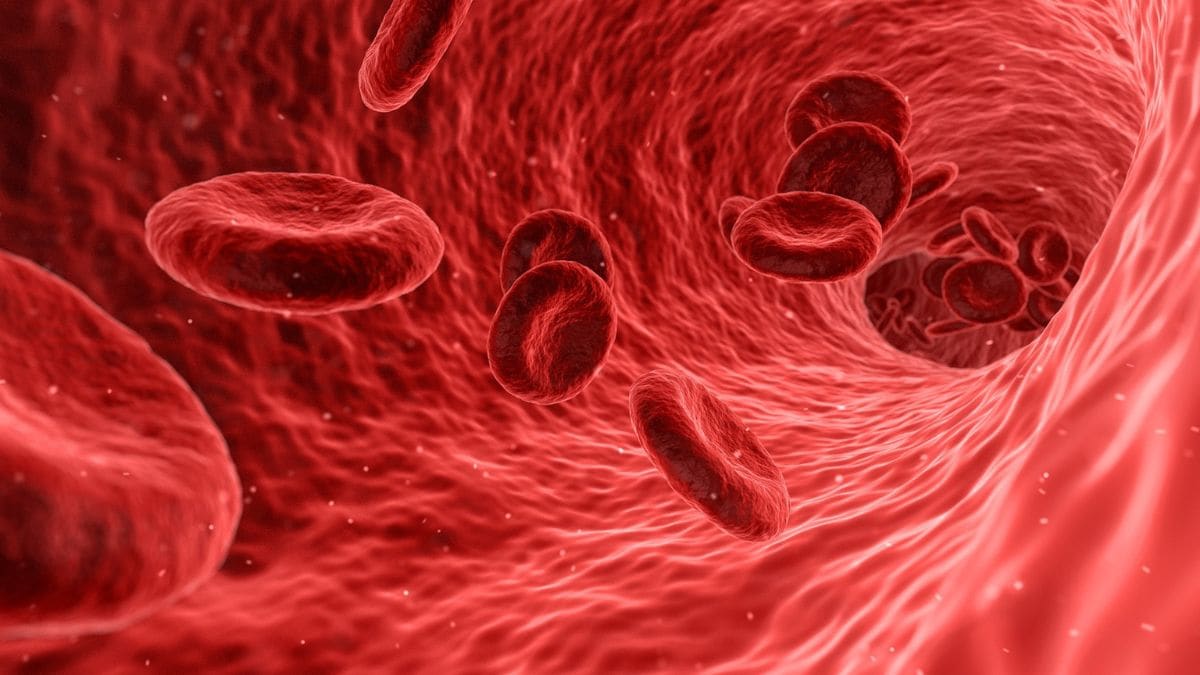
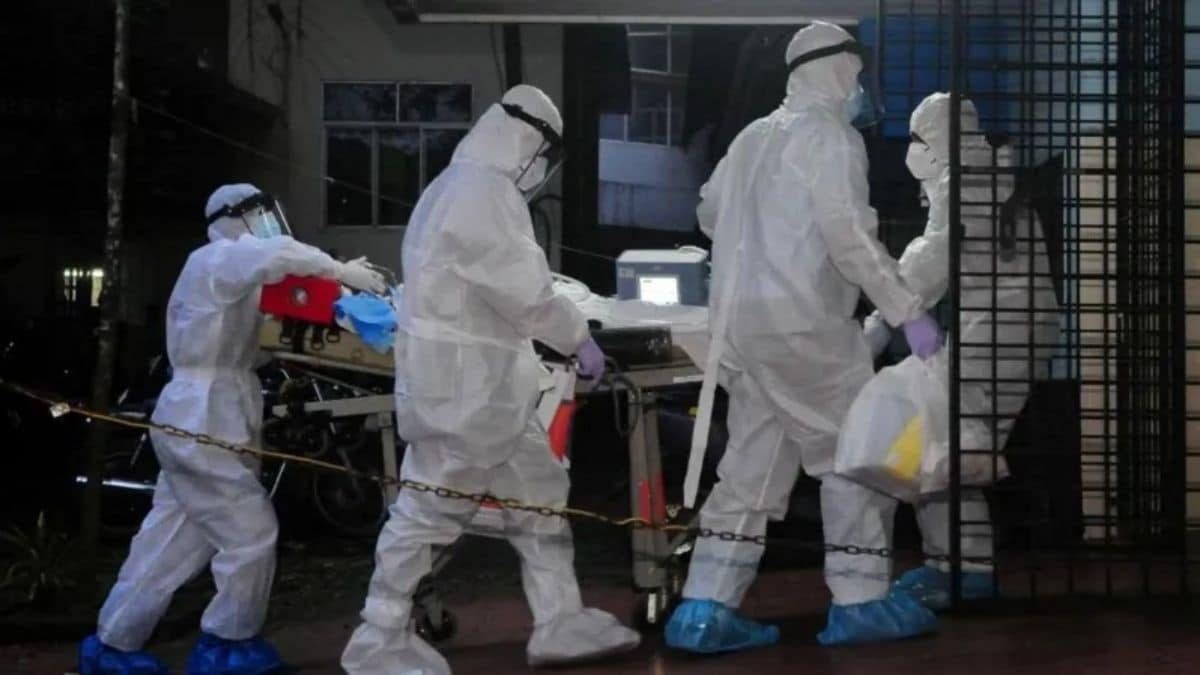
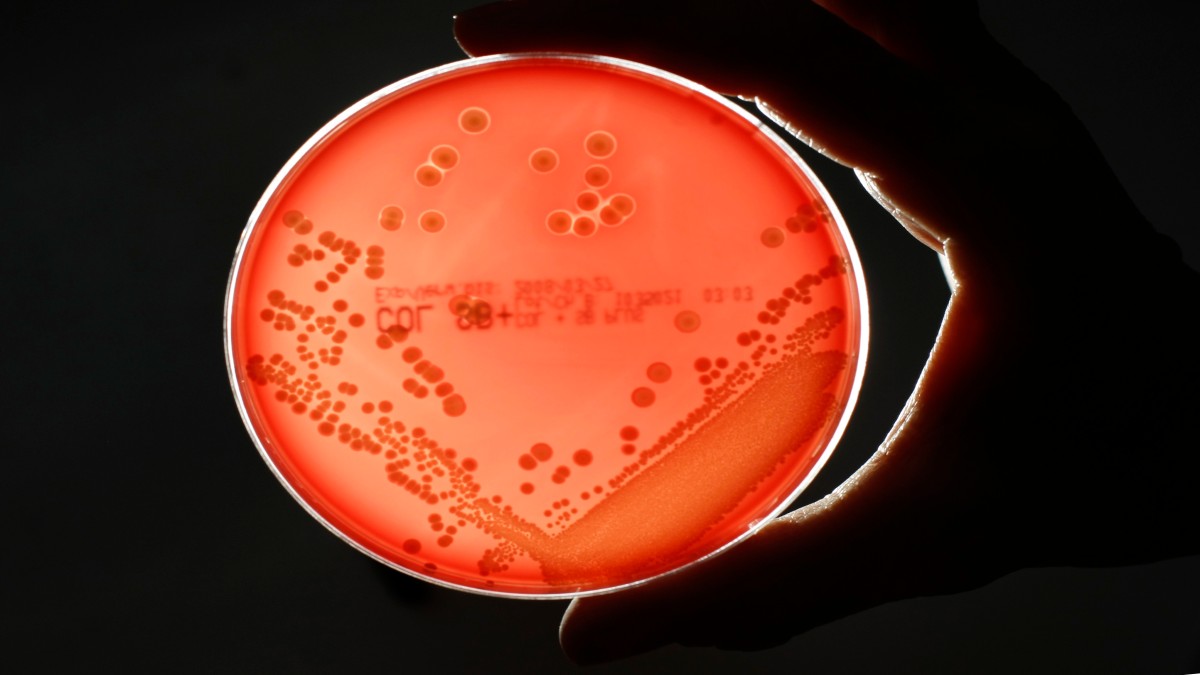





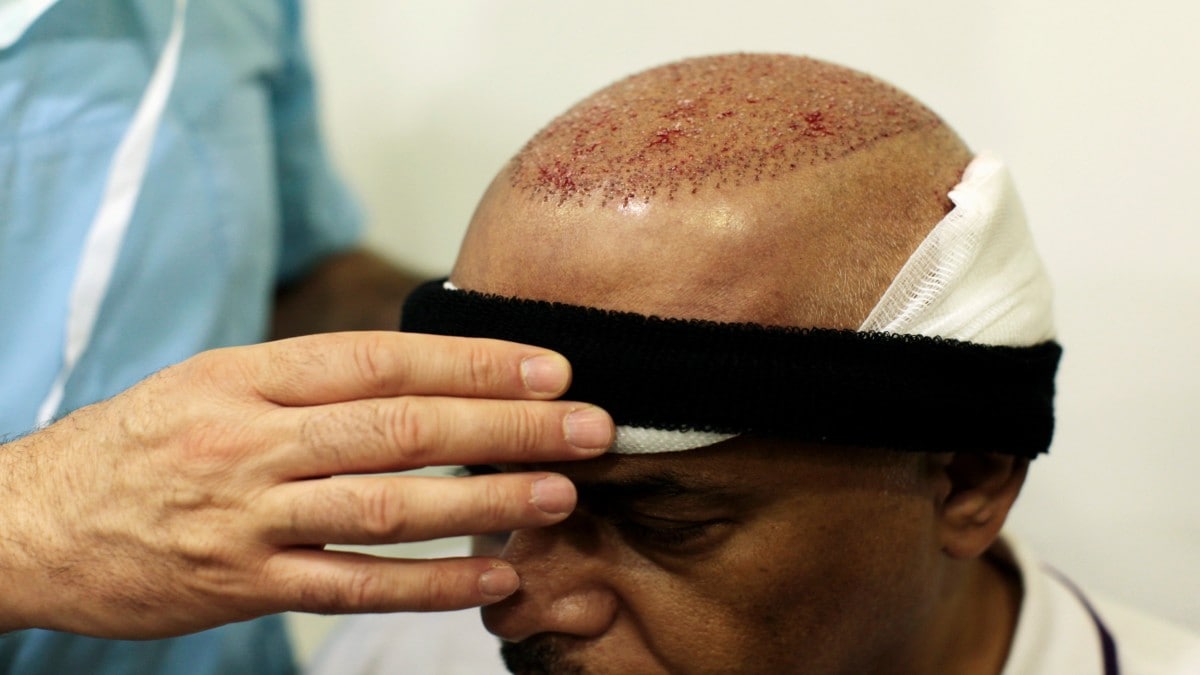



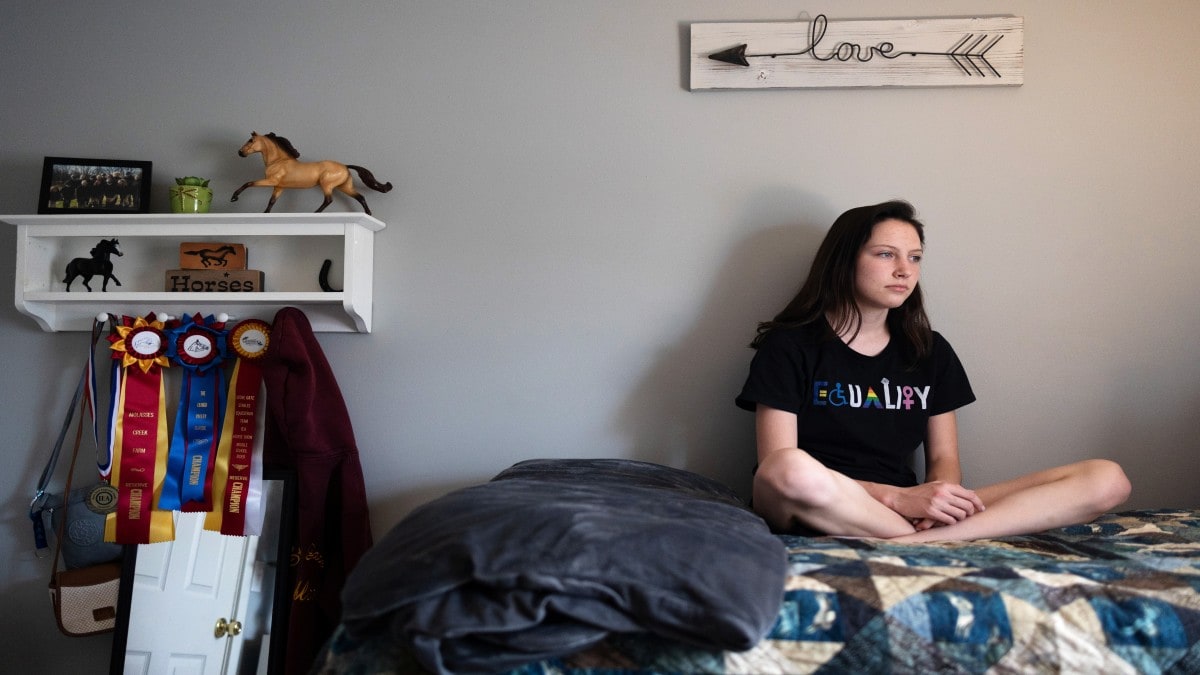

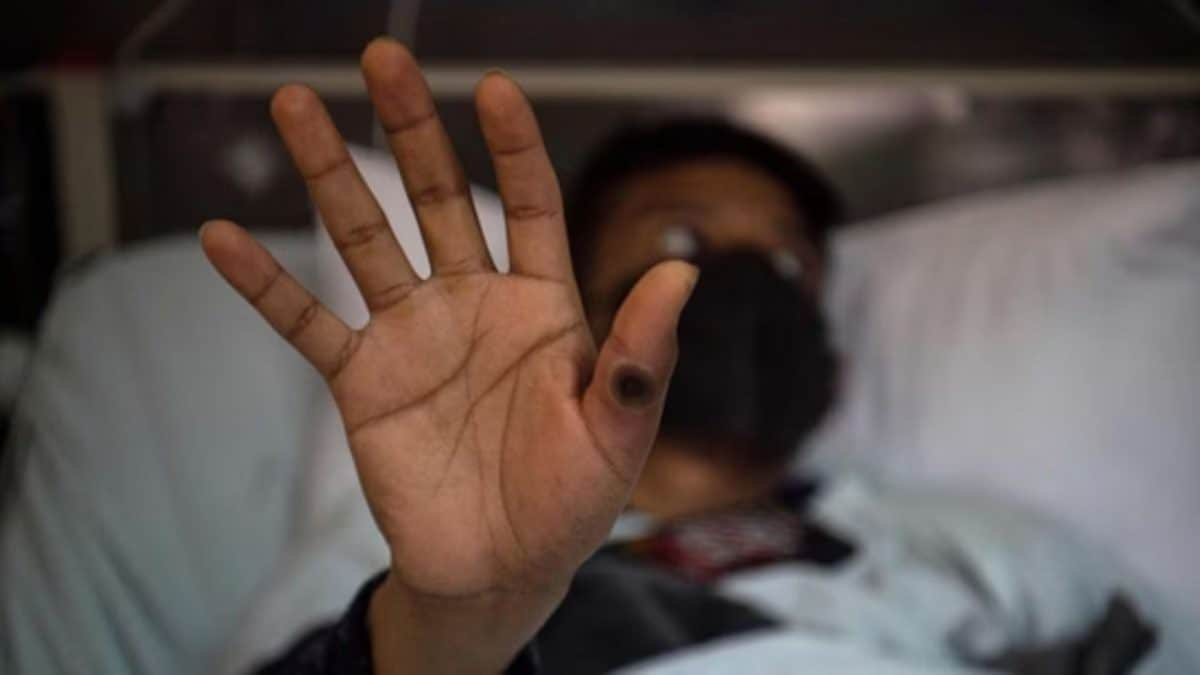
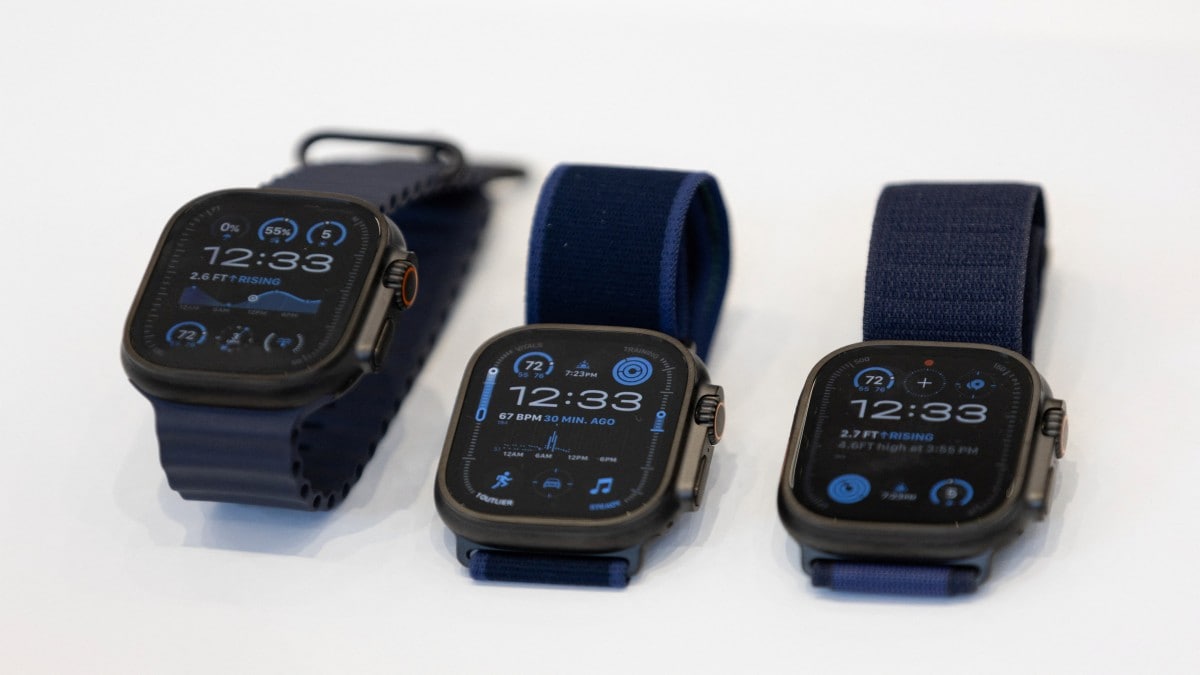

)
)
)
)
)
)
)
 English (US) ·
English (US) ·